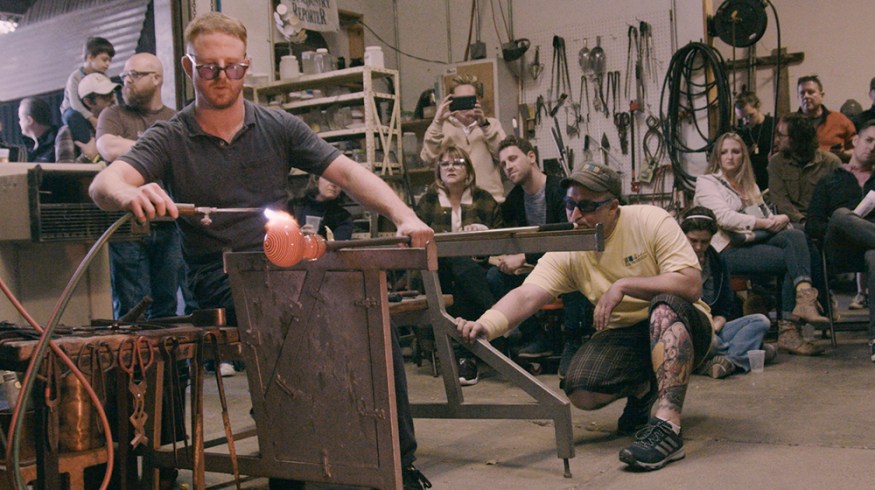
Editing Theory: How to Manipulate The Passage of Time
This simple technique, based on editing theory, will help you hack your audience’s minds and manipulate the flow of time.
Since the early days of film, editing and production techniques have found ways to trick the mind. From forced perspective and rear projection production techniques to modern day green screen and CGI — it’s all visual trickery.
However, for those interested in filmmaking theory, editing offers a very fascinating look into how people process visual information. It also shows how editing can exploit the human brain to benefit narrative storytelling and simple video editing tricks. In a way, it’s a study in how information lies and forces viewers to accept false information as undeniably true.
Let’s look at a basic example of how editing can manipulate how time passes in your films and videos — and how you can use it to suspend your audience’s disbelief and create better options in your edits.
Video in Real Time
First things first: let’s jump into the video in real time. As you can see in the clip above, we have a recording of an action taking place in real time. No tricks or techniques about it.
However, it is twenty seconds, which is pretty long for a single shot. As a viewer and a collective audience, we can process information pretty quickly in terms of what we’re seeing on screen. We know within a few seconds what’s happening here and how it’s most likely going to end, so it’s easy to get bored. So, what if we want to speed things up?
Speeding Up the Passage of Time
Here’s how you can speed things up. In the clip above, we see the same shot at the beginning, but we use a cutaway of the glassblower’s face before returning back to the end of the first action. You’ll notice that during the cutaway, we cut a good portion of the action, and now the entire sequence is only about ten seconds long.
According to editing theory, the viewer recognizes the action beginning, follows the cutaway for more information, then picks the action back up as completed in real time, even though several seconds of the action are missing. Using this technique, you can also make sequences longer, too.
Slowing Down the Passage of Time
Conversely, you can use the same technique for a reverse effect. As you can see in the clip above, we see the same action as before, recognize a cutaway for more information, and we return to complete the action we cut away from.
However, in this version, we didn’t remove any of the action (and even slightly backed it up) during the cutaway, which creates time for the action that didn’t exist. Presto: mind hack. We as an audience, still follow that it’s the same clip though because that’s what we’re led to believe.
If you’re interested in more editing tips, tricks and theories, check out some of these articles below.






